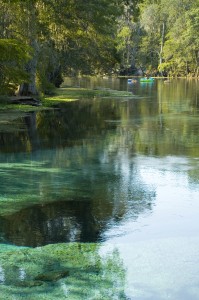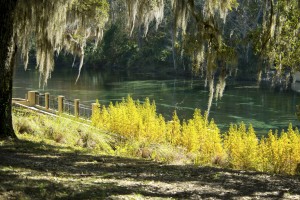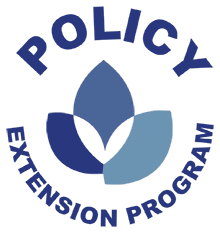BMAP development varies between water bodies due to unique watershed characteristics and impairments. The Florida Department of Environmental Protection (FDEP), in conjunction with the water management districts, develops BMAPs that identify water quality improvement strategies for the watersheds of water bodies that do not meet established TMDLs.
A list of BMAPs established within the state of Florida, and details associated with each BMAP, can be found here.

The Basic Steps
The basic steps followed in the development of a BMAP in Florida includes:
- A water body is assigned one of five designated beneficial uses (i.e. potable water supply, etc.).
- Water quality of the water body is compared to water quality standards for that designated use.
- If the surface water does not meet water quality standards, it is declared “impaired.”
- A TMDL is established for each pollutant of concern for the impaired water body based on what the need would be for the water body to become unimpaired.
- A set of strategies (BMAP) is then developed for the land area that is impacting the quality of the water body to ensure strategies are put in place to lower the impact of the land use on the water body that is in question.
- Strategies and actions associated with the BMAP are implemented.
- BMAP effectiveness is measured at the local level over time.
- A formal evaluation is planned every 5 years and adjustments are made to the BMAP based on assessment results to enhance BMAP effectiveness.
- Water quality continues to be monitored over time.
“Florida’s water policy must be flexible, comprehensive and long term.”
Adam Putnam, Florida Commissioner of Agriculture
Strategies designated as part of a BMAP may include:
- Permits that put limits on wastewater facilities
- The implementation of urban and agricultural best management practices (BMPs) designed to reduce pollutants from nonpoint source pollution – pollution generally resulting from land runoff, precipitation, atmospheric deposition, drainage, seepage or hydrologic modification
- Conservation programs
- Financial assistance programs
- Revenue generating activities to assist with conservation technique implementation
Conversations to have:
Producers and agricultural business owners should be aware of the available BMAP in and around their locations. Information about regulated permits, the implementation of BMPs, conservation programs, financial assistance, and revenue generating activities should be identified while making decisions for business management strategies. Alternative farming practices recommended by research and the government should be taken into consideration to enhance the sustainability of water resources.

Decision makers need to know about BMAPs in their area. They should understand current regulations related to water pollutant management, what science can tell us about water quality, and be aware of public opinion of water issues which provide a broad snapshot of understanding on a complex topic. By understanding such regulatory and scientific facts and public opinions, decision makers will be equipped to take educated action on public policy development.
Important Items
Sources of pollutants: Pollutants impacting water quality include pathogens, nutrients, sediment, and metals. Currently, the major pollutants found in Florida are nutrients, such as nitrogen and phosphorus, through leaching and runoff.
BMAPs are location specific: BMAP development varies between water bodies due to unique watershed characteristics and impairments.
Impacts to the environment: Nutrient pollutants can lead to algae blooms in water bodies, including streams, lakes, and others. They can be harmful to humans, wildlife, and tourism.
Best Management Practices: BMPs are the most effective, practical means of preventing or reducing pollution from nonpoint sources.
Water quality monitoring: Since water quality decrease can be influenced by seasonal climate and human activities, water quality should be monitored continuously to ensure water use safety.

